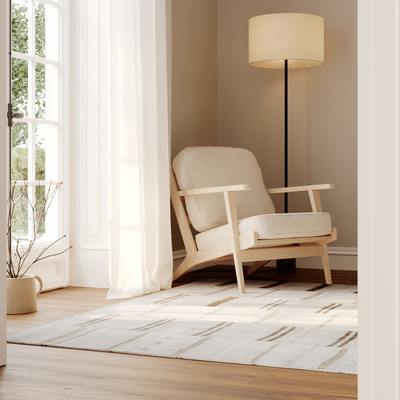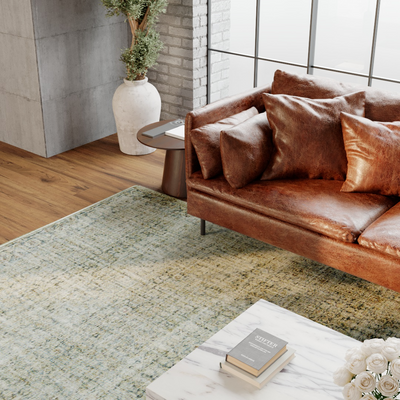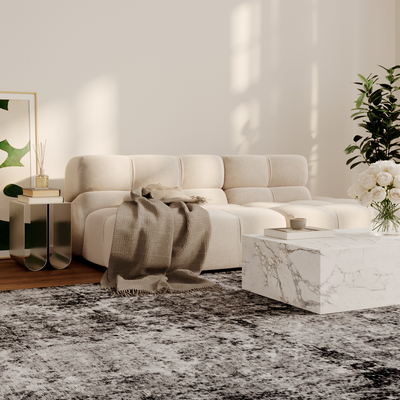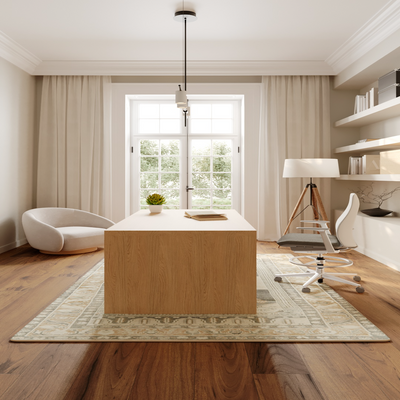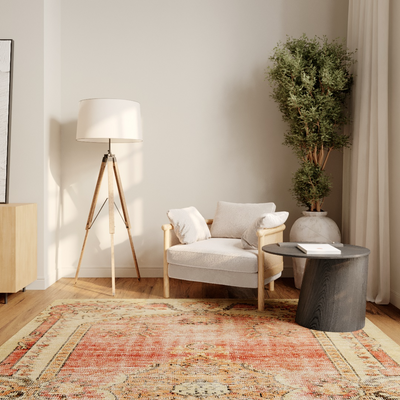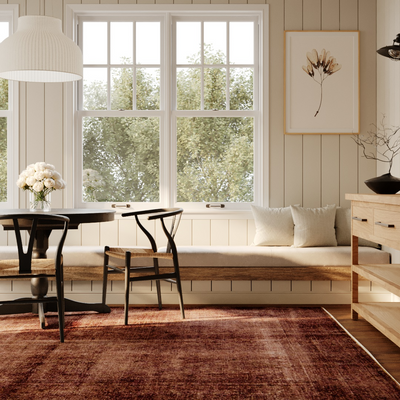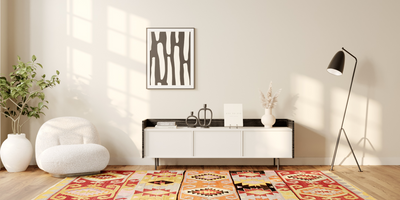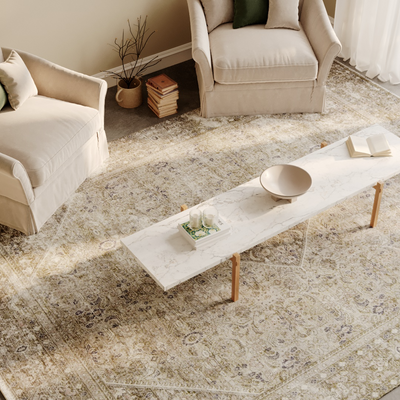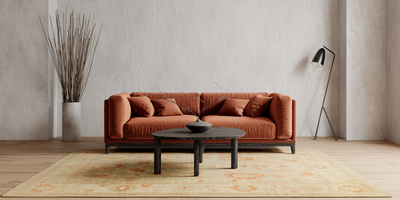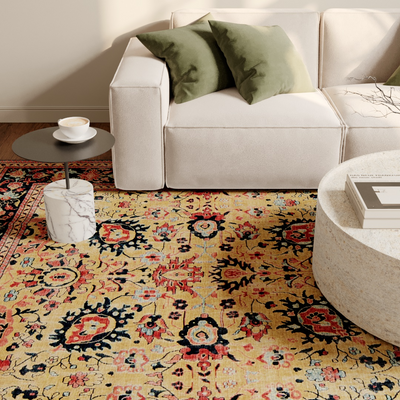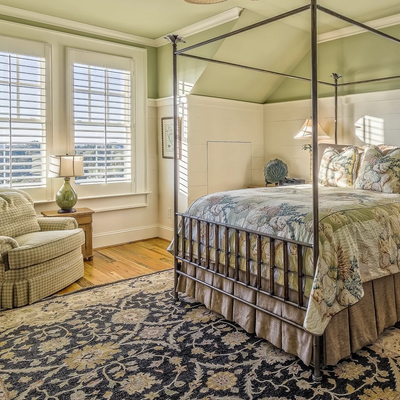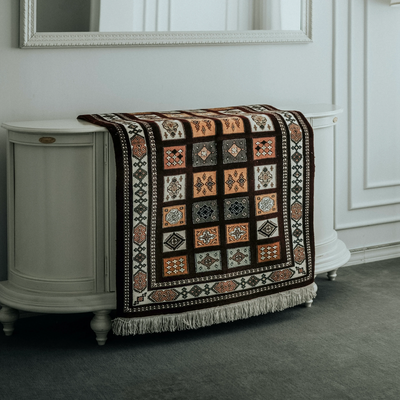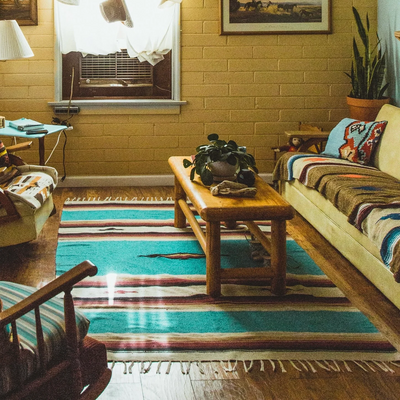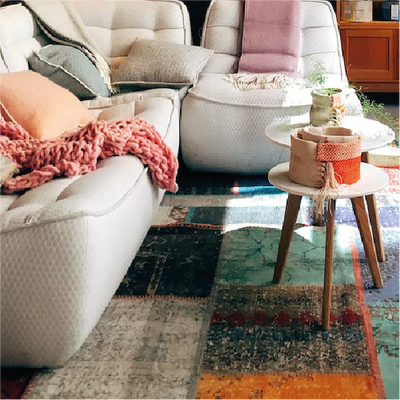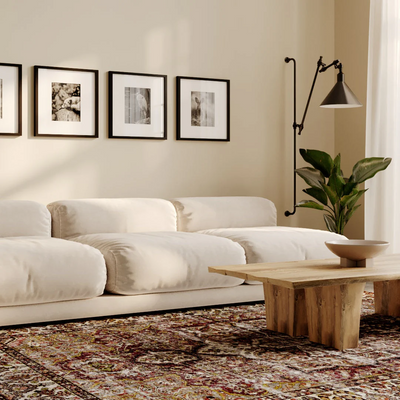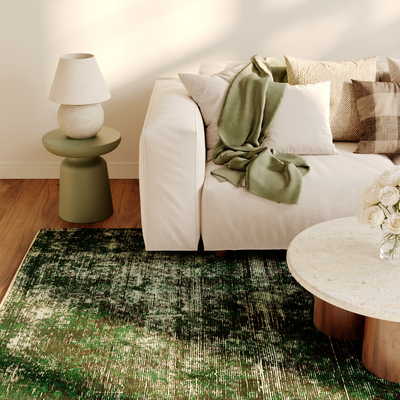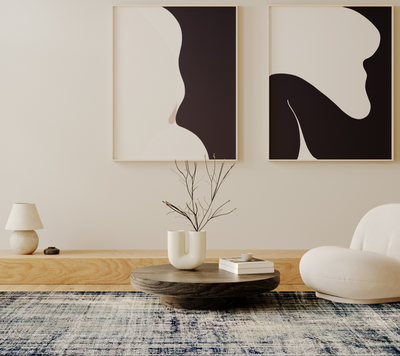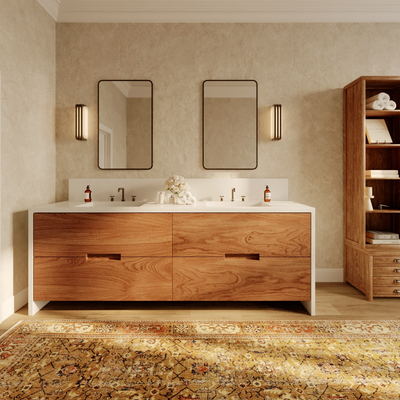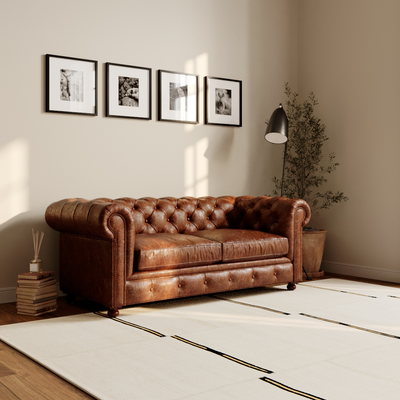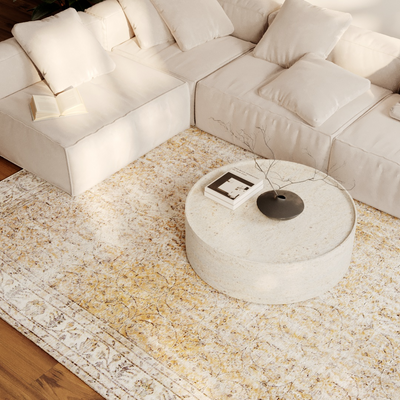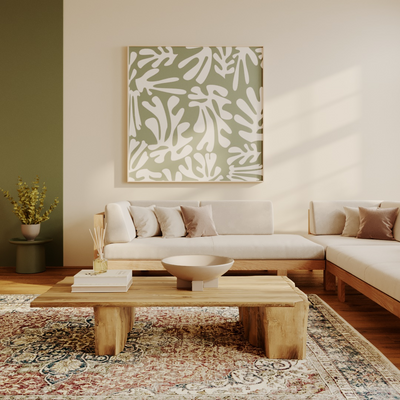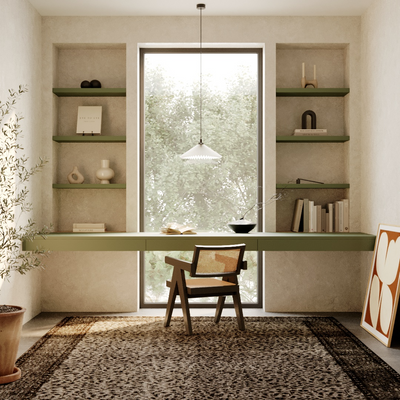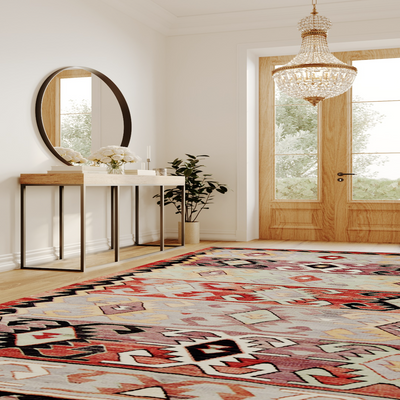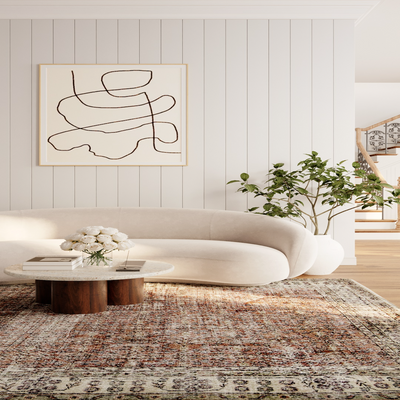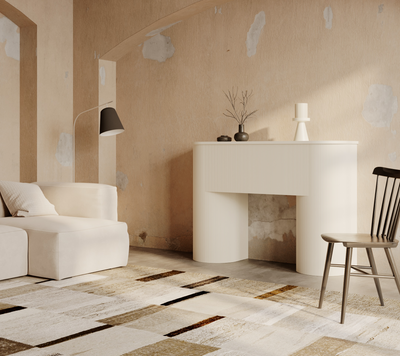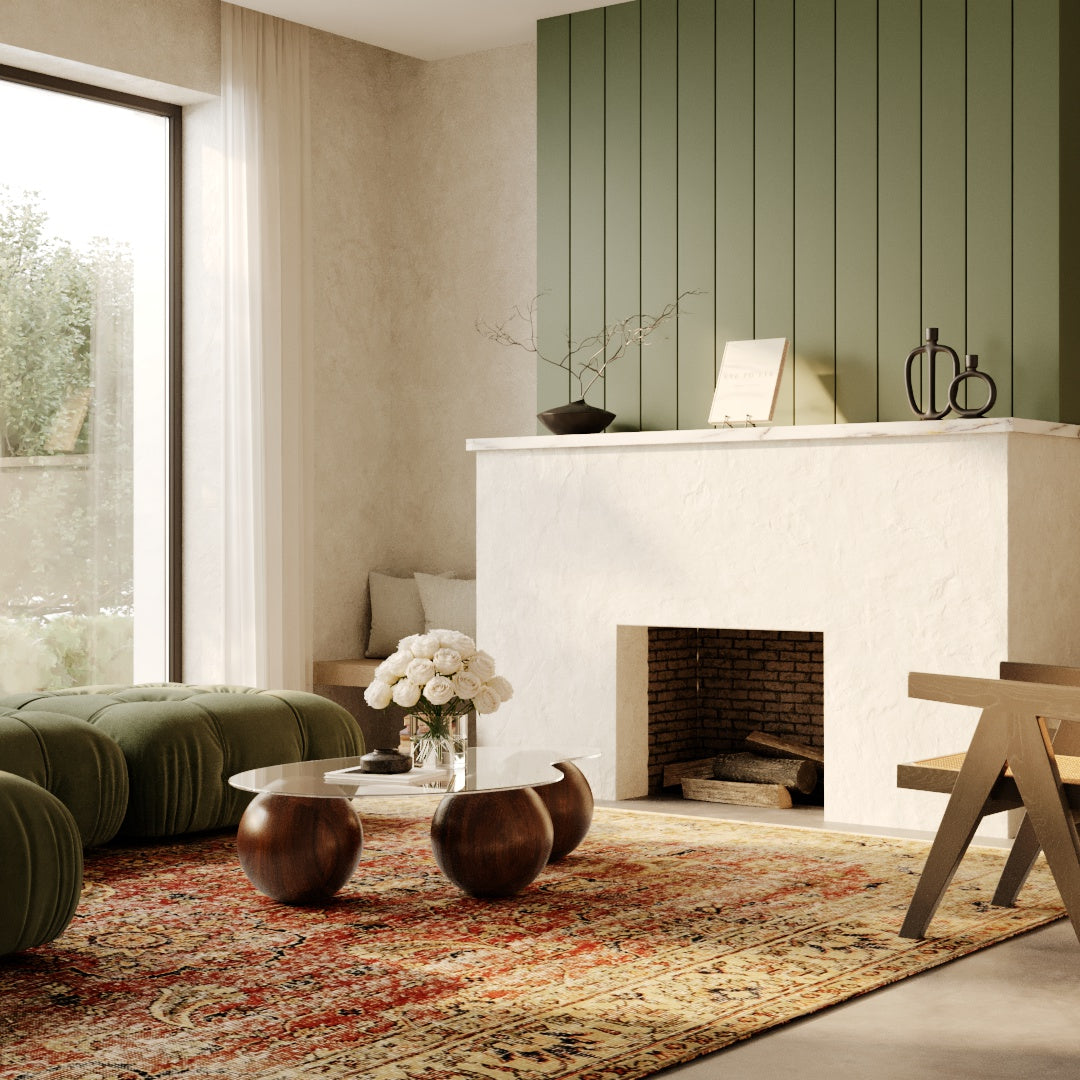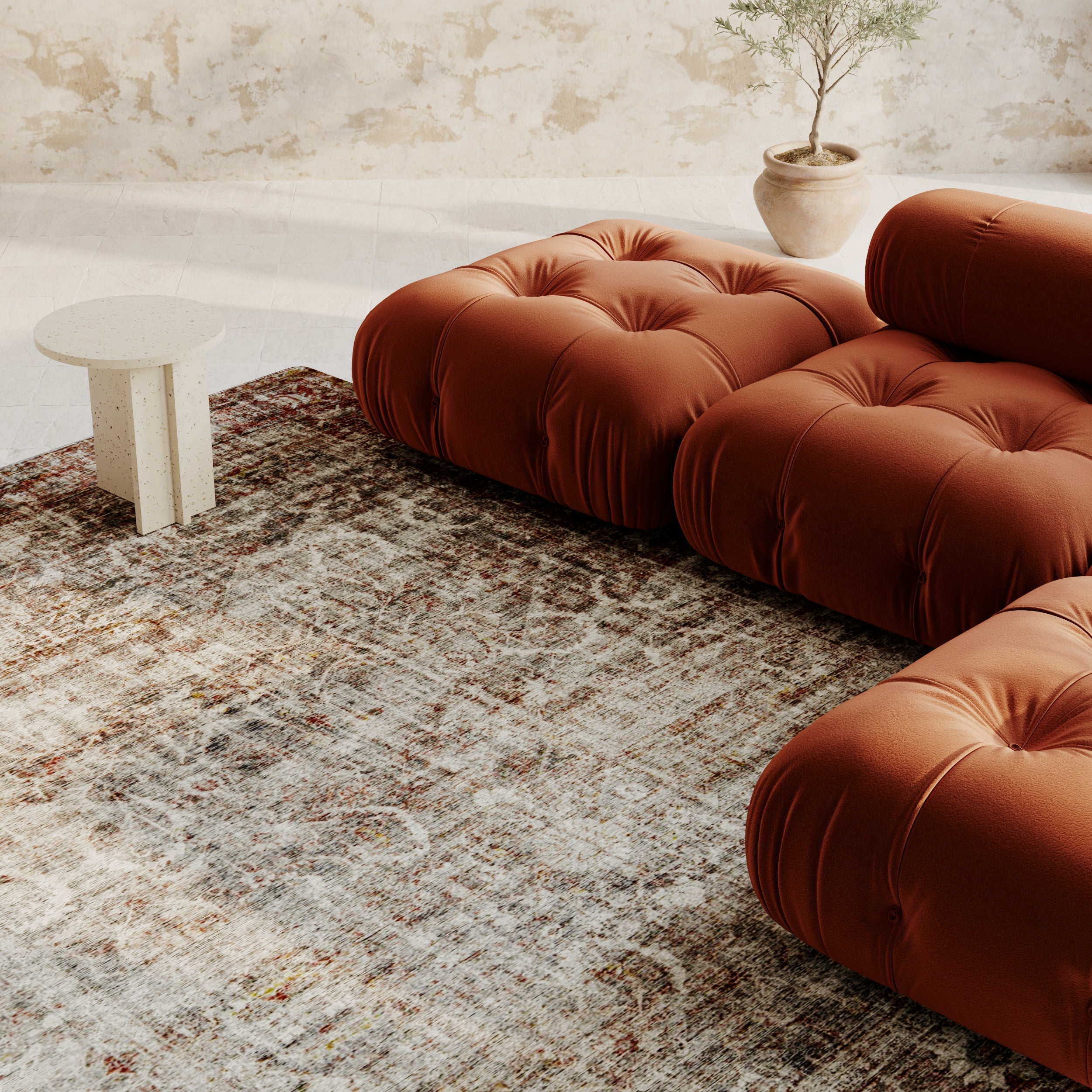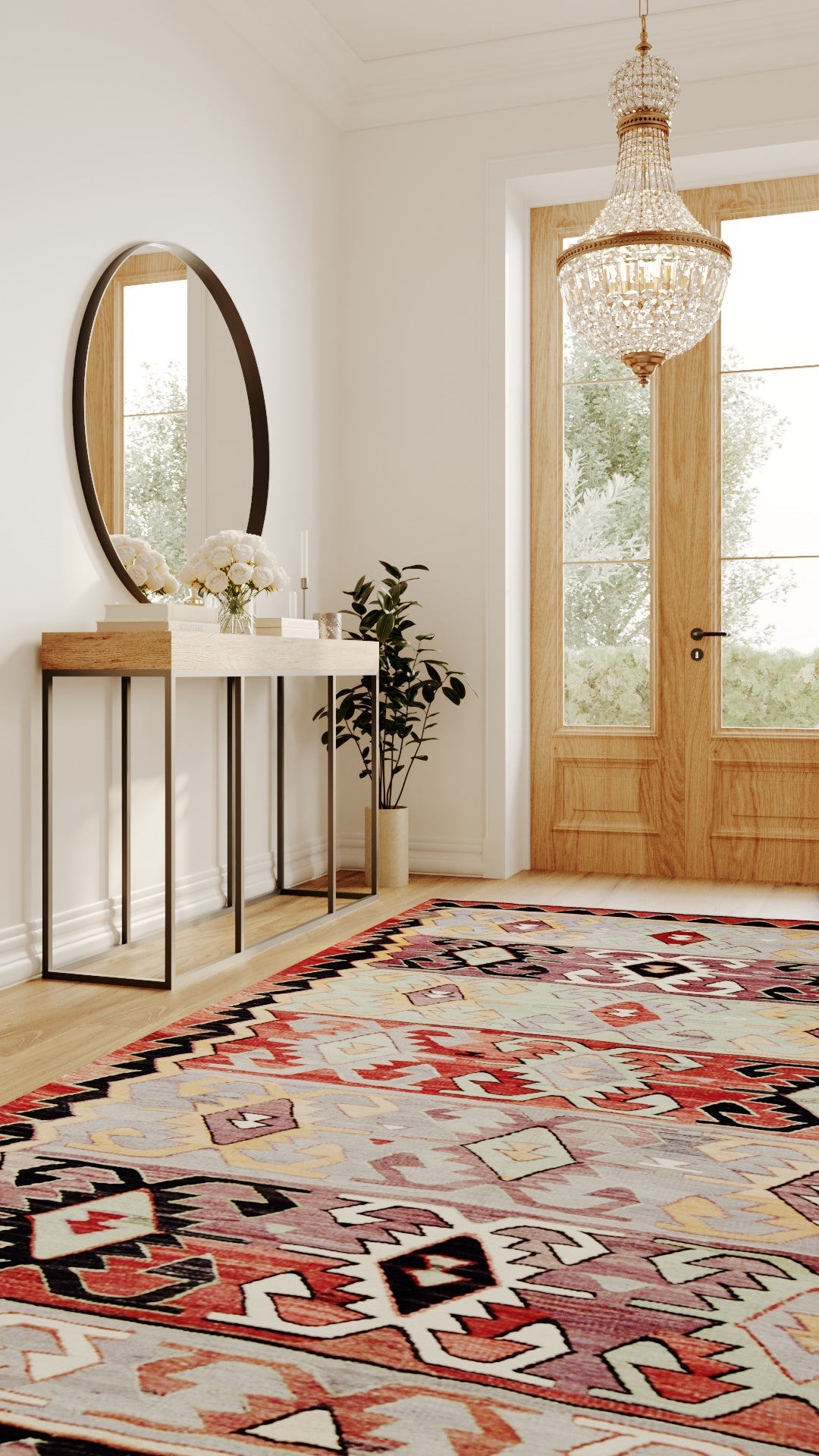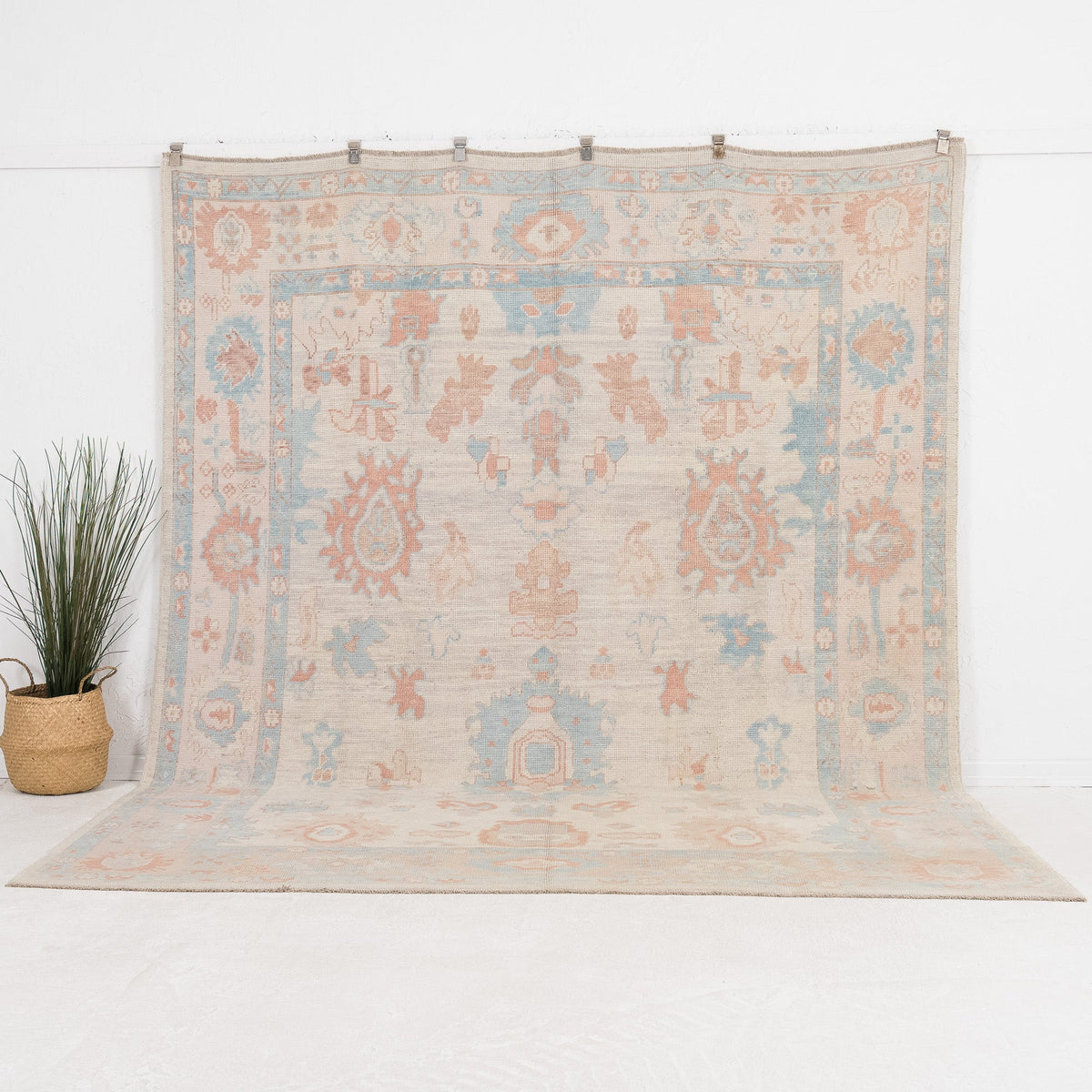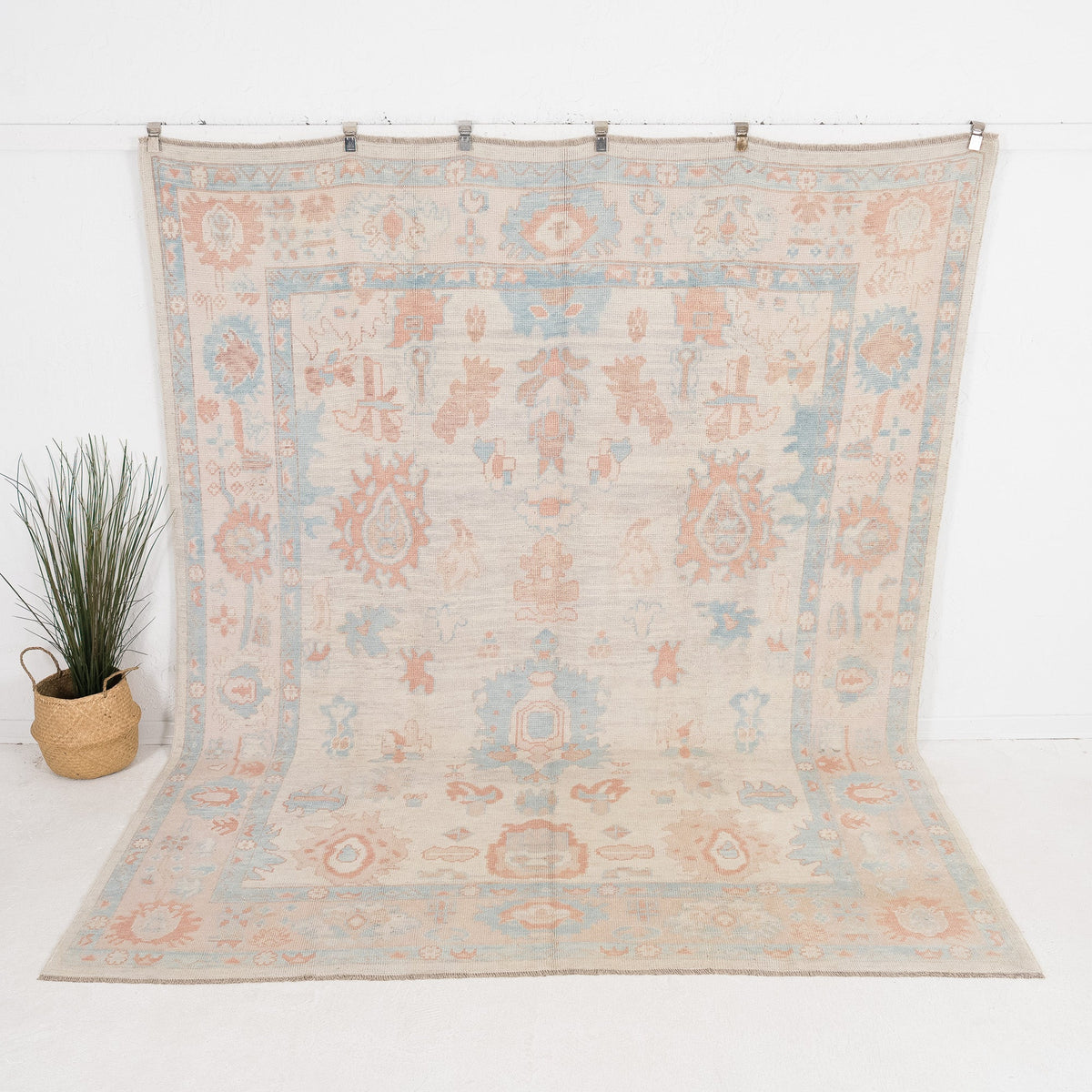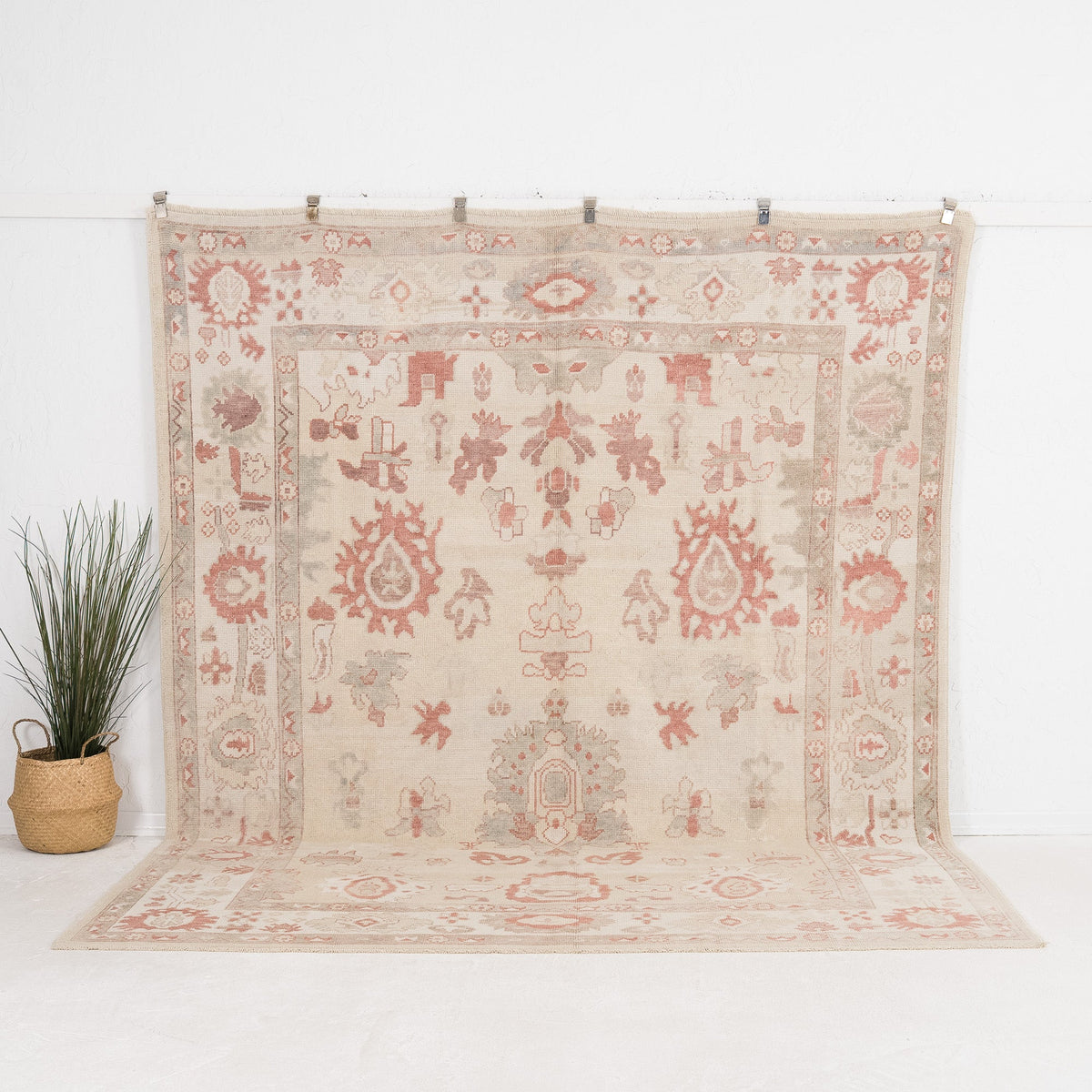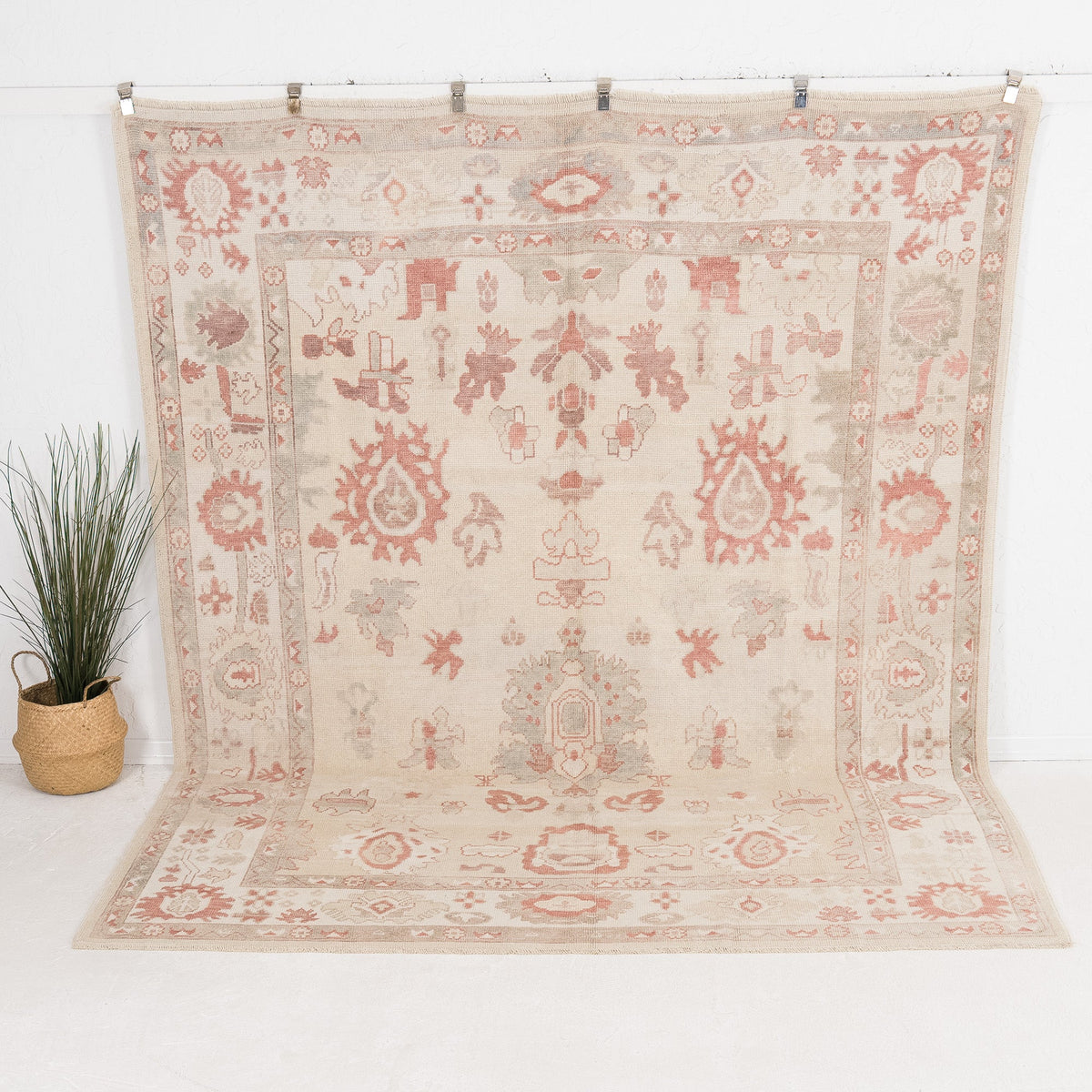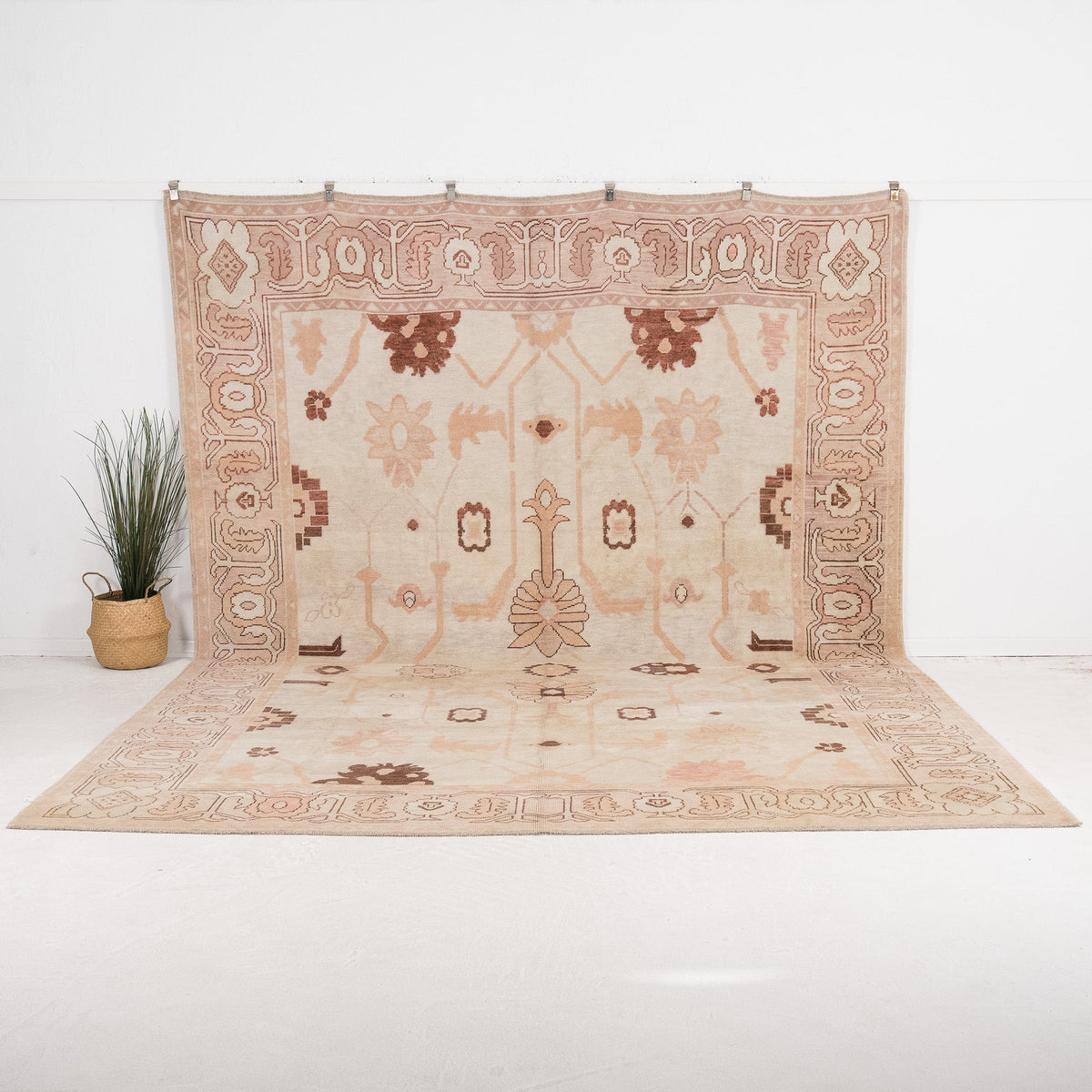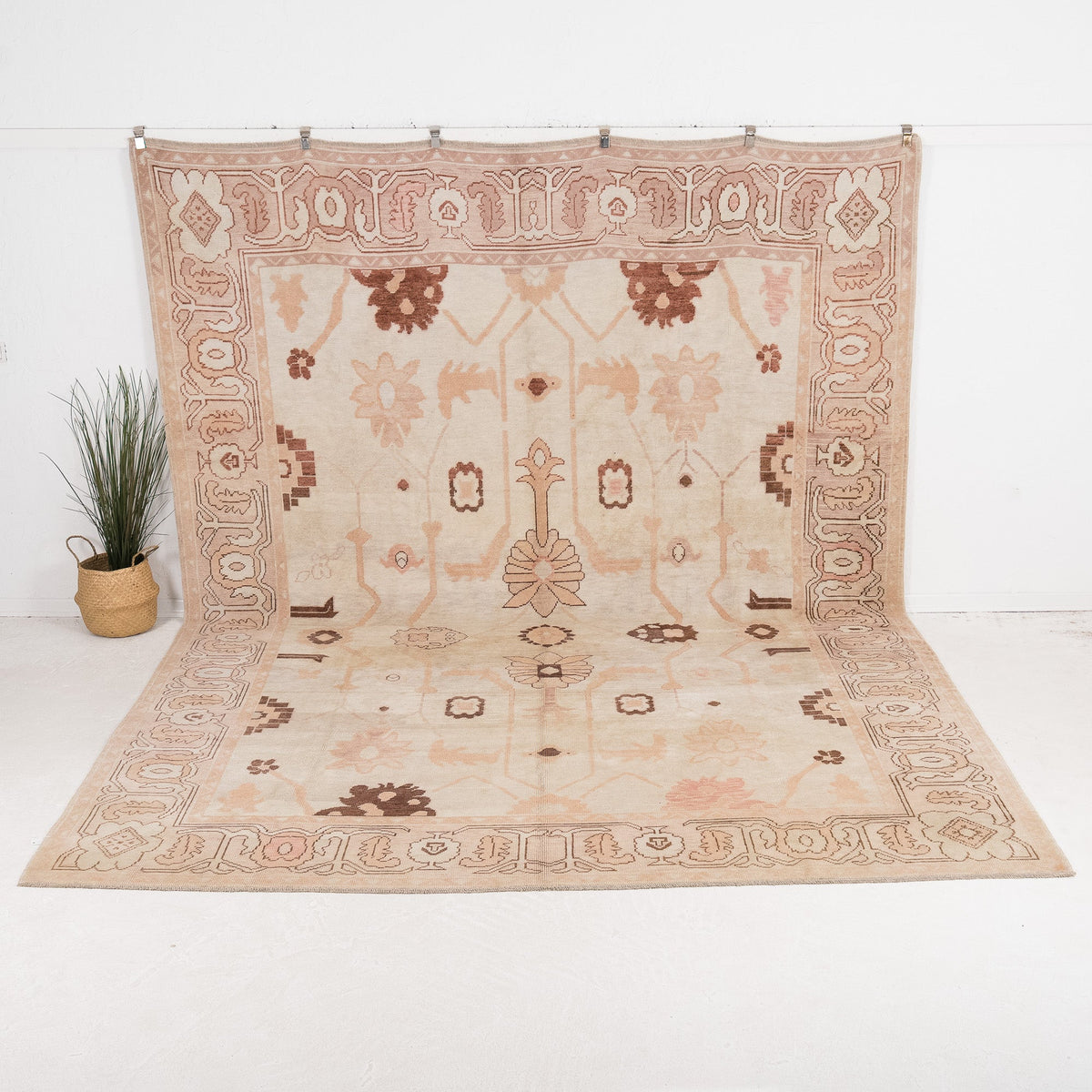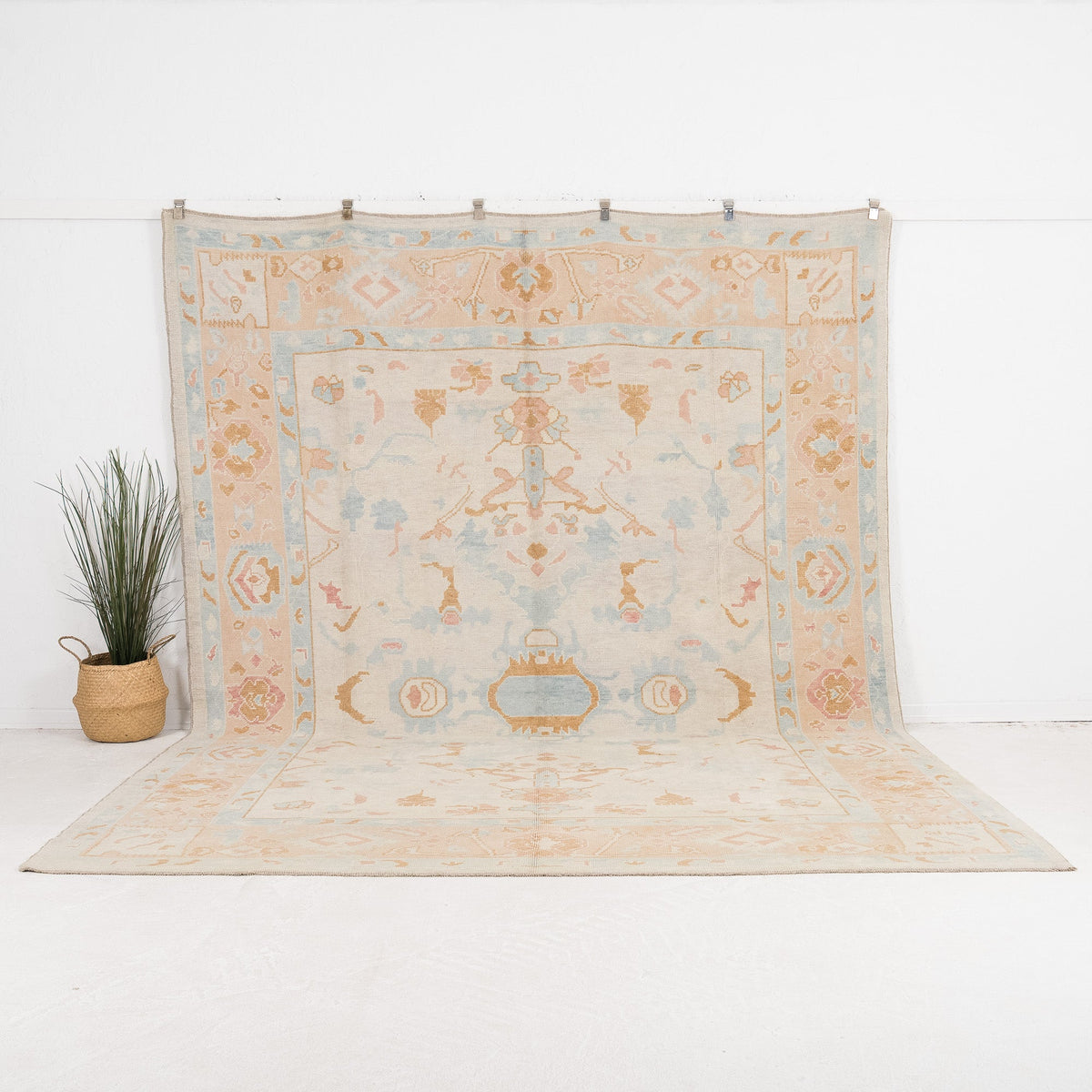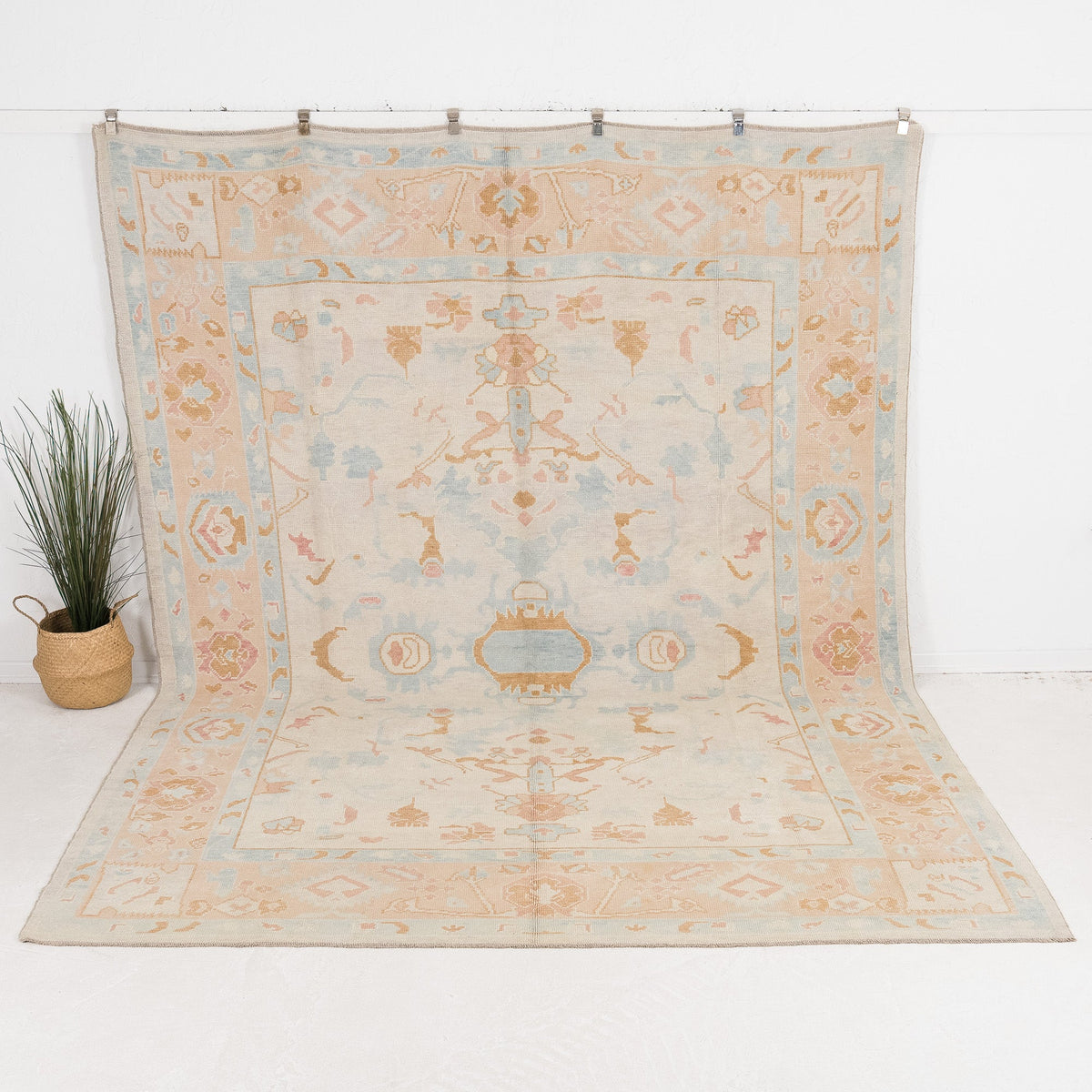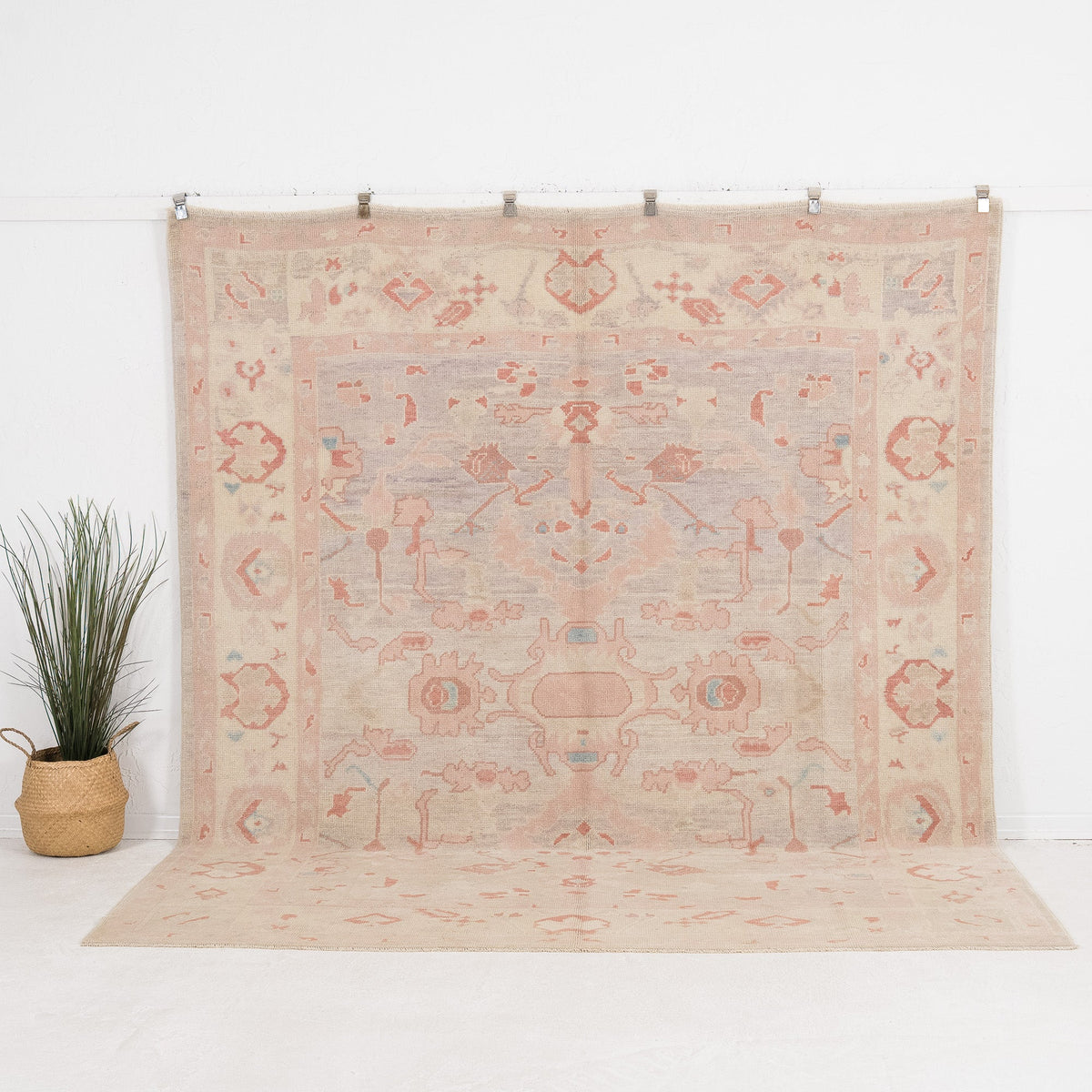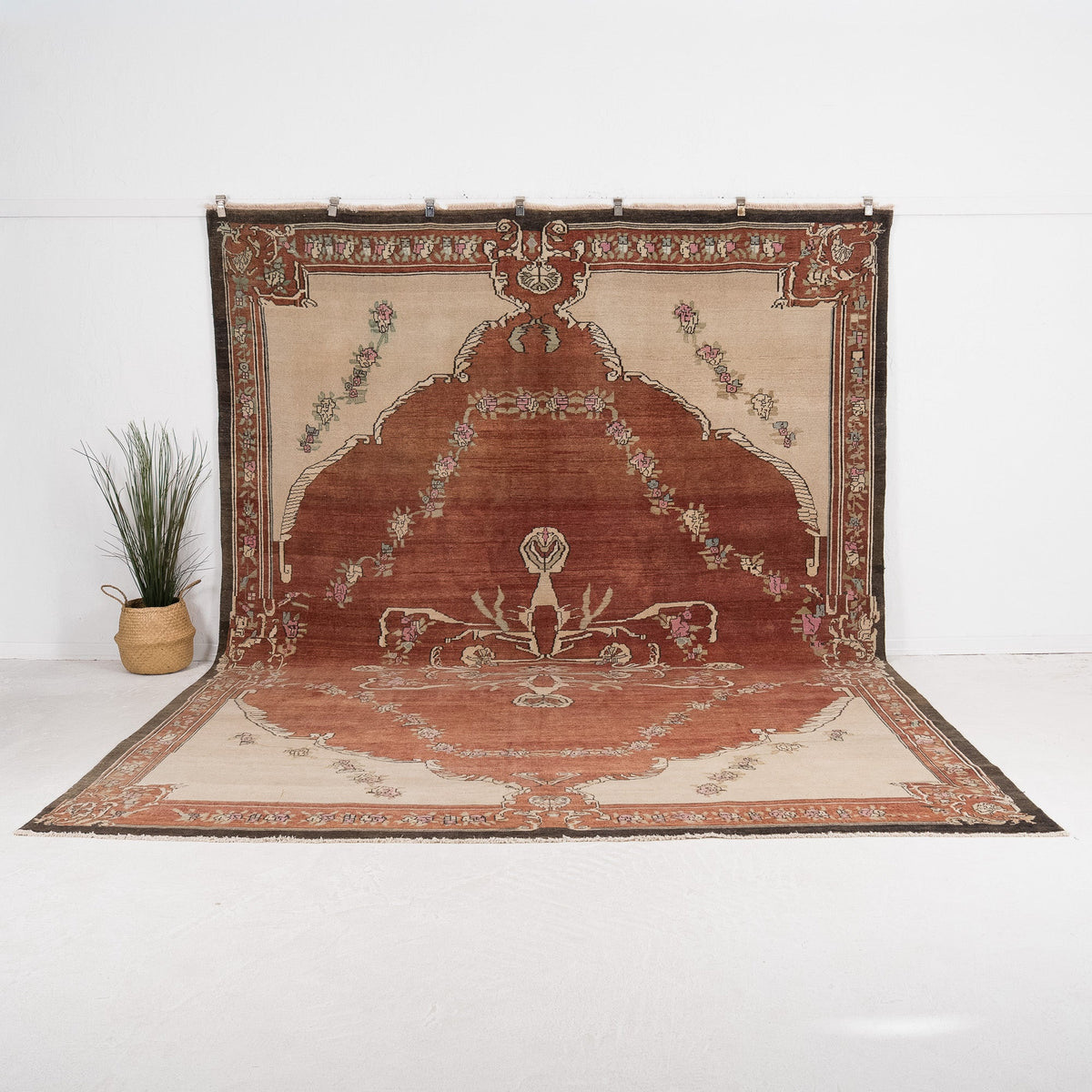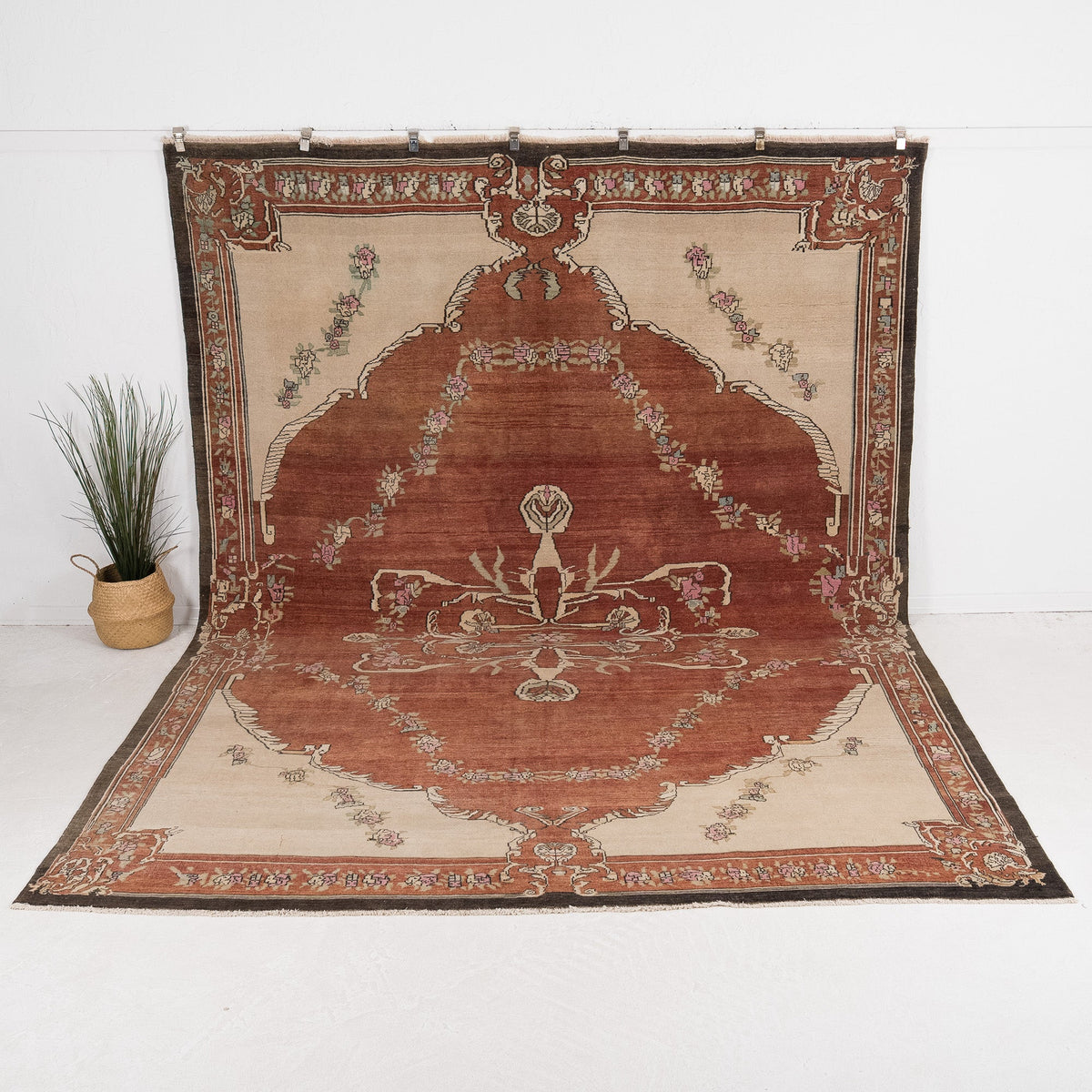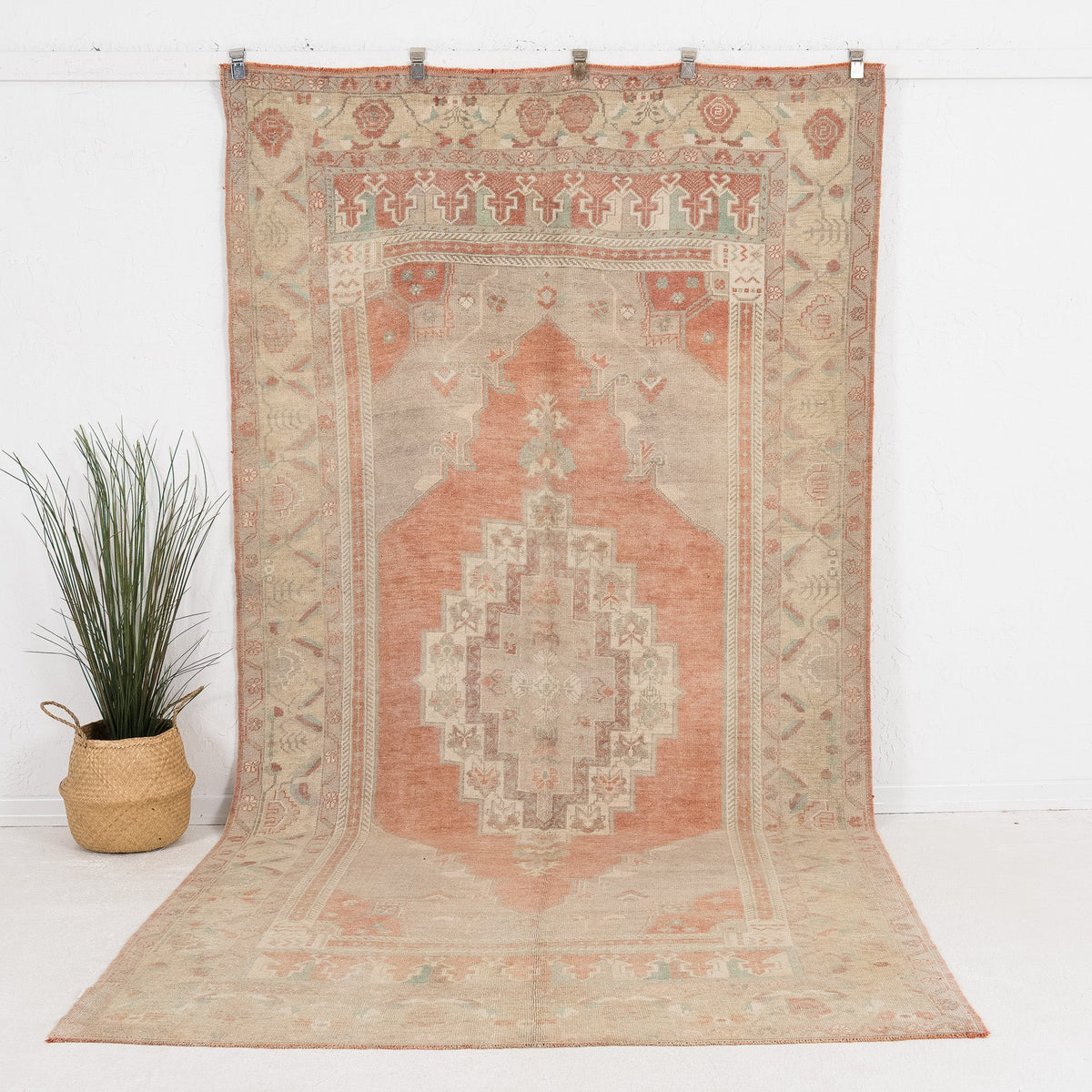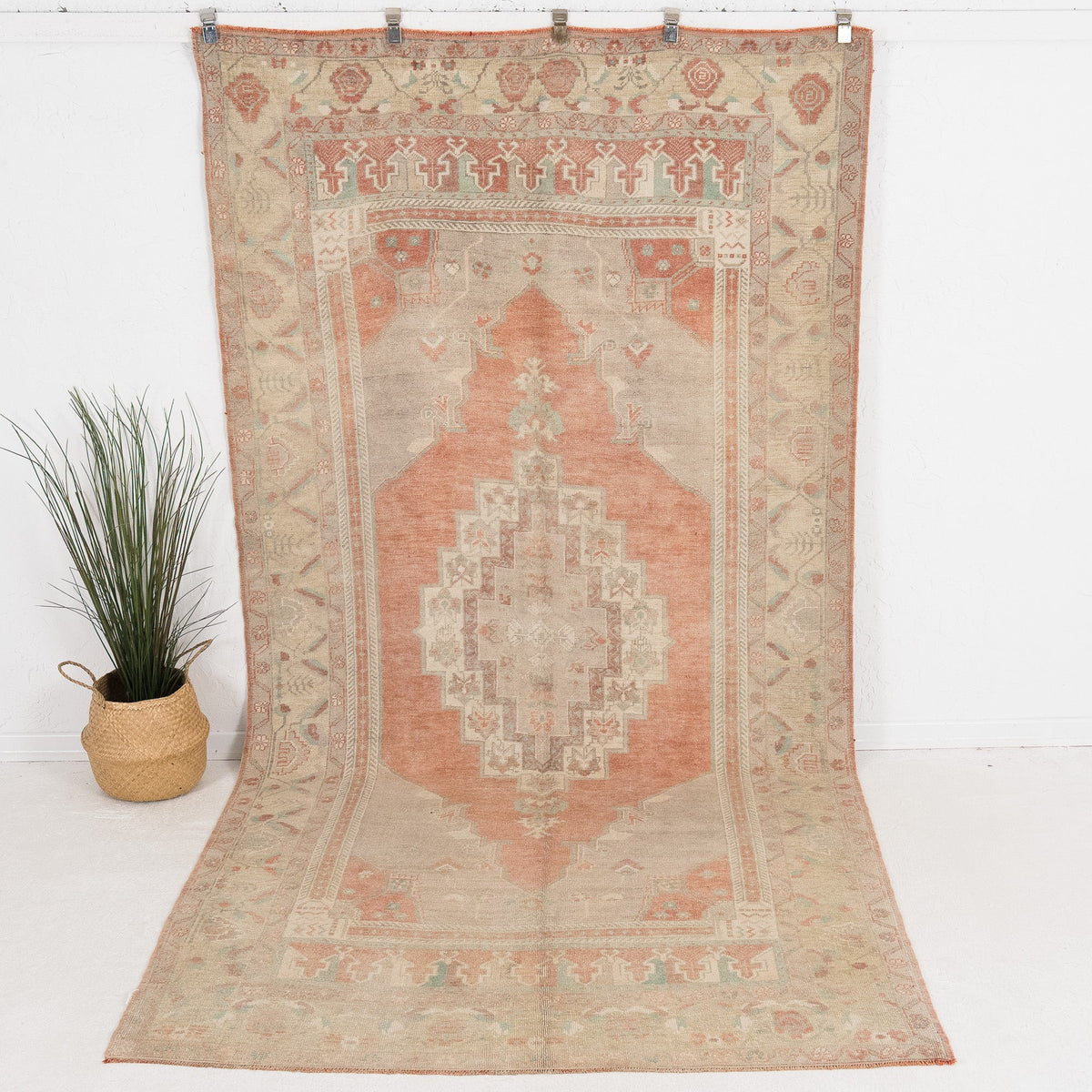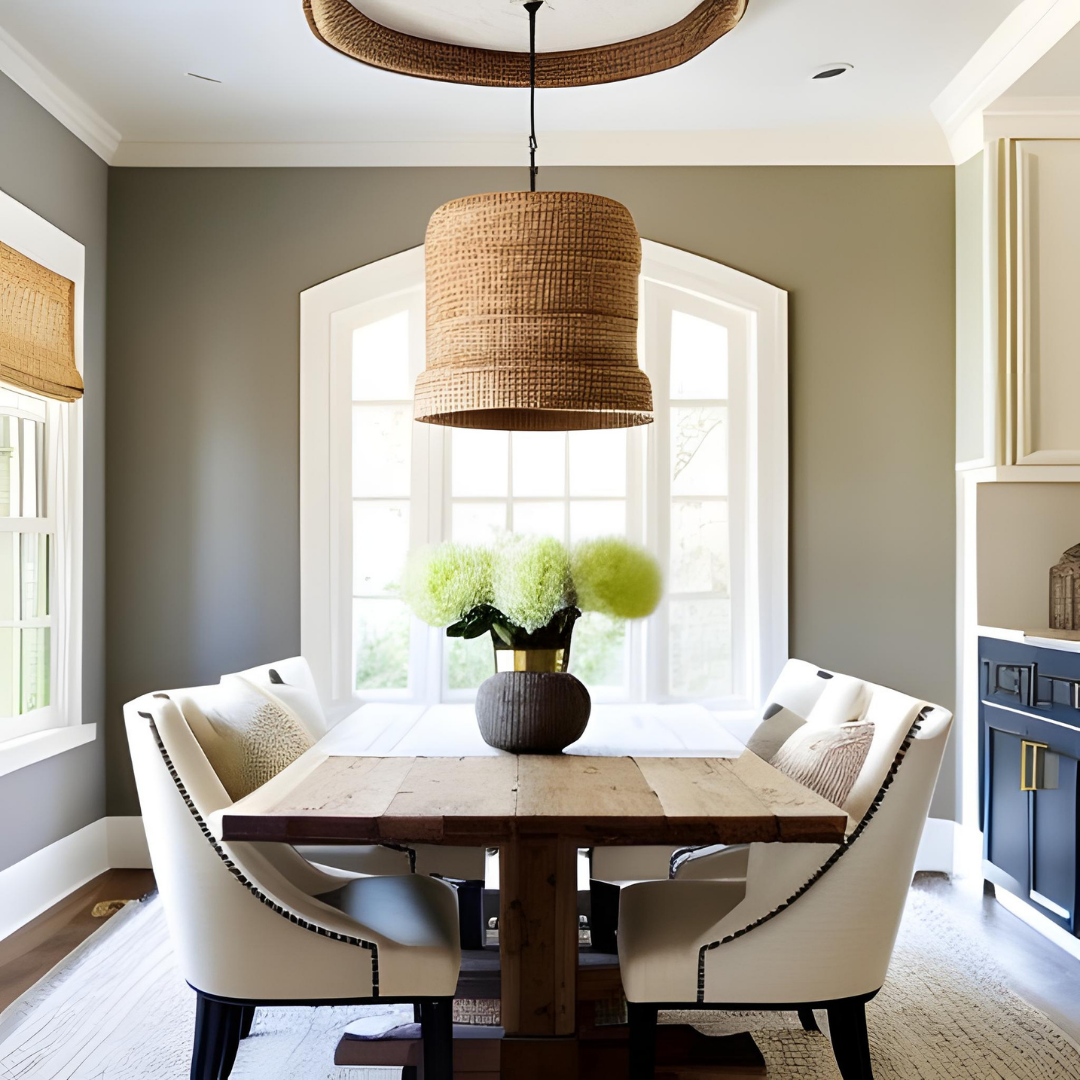Different ways to evaluate an antique rug
Antique carpets are a work of art for culture enthusiasts and those who love contemporary designs. Having proved itself on an artistry level with its artistic patterns, the antique rug is still a prominent decor item many seek. Antique carpets are a symbol of luxury and class with their elaborate patterns that say a lot about centuries of evolution and historical and cultural prominence. Various ancient historical texts even have quotations and mentions about rugs and rug weavers. Many see antique rugs as a commodity with a lot of investment potential because it holds an important place in the interior designing and architecture world.

Antique rugs have always attracted antique collectors' interest and are sold at a high price. It also instigates fraud or forgery in the rug market. To select an excellent antique rug, it is better to know the historical aspects and the various regions they evolved. People from different countries, faith, and races have embraced an antique rug equally, and in some parts of the world, it is an identity to showcase their culture and hospitality. The existence of fragments of antique carpets can be traced back to a time as old as the third and fourth century. This is evidence that dyeing and carpet weaving skills were already known in western Asia before the first century AD.
Five ways to evaluate antique rugs
The wide range of antique rugs available in the market might often confuse you into selecting a good one for your living space. If you are not aware of how to evaluate an antique rug to understand, you are bound to be taken advantage of with the fake ones leading to loss of a lot of money. Or you may end up paying more than what an antique rug is valued at if you are unaware of how much value it actually carries. Higher value attributes to why antique rugs are an investment potential and have no doubt about it. It is a fact that genuine and true antiques are highly priced compared to everyday items, and a single carpet may carry a lot of value.
For example, Persian carpets and Persian designs evolved during the 19th century. The use of natural dyes all over, the repetitive design that the design community can recognize, and the durability for centuries are ways of certifying fine antique rugs.

Determining the materials used
Wool rugs are generally soft and are durable. They will last for a long time, usually an average of twenty to thirty years. The rug’s lifespan will be based on how well it is maintained. Wool rugs are primarily resistant to stains, dust, and water damage as they have suitable absorbent properties. Wool rugs also can be shed, although this usually lessens over time. Wool rugs are more expensive and are known to be collectible museum-quality antique rugs.
Silk rugs have a lustrous look and smooth texture. They are delicate materials and hence are less durable. They require high maintenance compared to other materials. Silk rugs also have chances of fading when exposed to sunlight.
Cotton rugs are a convenient option and are available in different beautiful colors. They turn to pale yellow or brown shade since they are made of plant fibers as they age. Cotton rugs can be used on both sides but have a short lifespan compared to other materials and wool.

Jute is another type of natural fiber, and the rugs are woven with fibrous strands. They require careful cleaning and high maintenance as the fibers are bound to loosen and wear out. Jute rugs are also very quick absorbents, so they require immediate cleaning in case of staining. However, they have a lower risk of damage from water and stains. Jute can collect dust particles well because of its fibrous material.
Synthetic rugs are artificial materials, such as nylon, polyester, olefin, and viscose. Synthetic rugs are ideal for outdoors as they have fewer chances of fading when placed in direct sunlight. These rugs require low maintenance as they can be cleaned by a simple handwash, a fast stream of water from a hose, or even a washing machine. Synthetic rugs are inexpensive and are harder to dye. Hence they have limited options for color combinations and patterns.
Determining the classic designs and design styles
Prominent antique carpets in terms of quality and alluring designs are Anatolian carpets, Egyptian Mamluk carpets, and Persian carpets.
- Anatolian carpets can be identified with brilliant colors, geometric designs, and flower heads' designs. They are typically made with wool or cotton and handwoven with bold color palettes of red, yellow, and blue hues.
- An Egyptian Mamluk Carpet dated back as old as 1250can be identified with its luxurious central medallion and motif patterns around. Pale red, blue, green, and yellow are typically used to design themes for modern architecture.
- Persian carpets are striking with even more complex and intricate designs when compared to other carpets. Multi-colored and hand woven Persian rug designs mix botanical designs and motifs, arabesque design, and geometric designs. These are often used widely in various parts of the world.
- Persian Gabbeh rugs, Bijar rugs, and other tribal rugs are other antique rugs with intricate designs and abstract patterns.

How antique rugs are made or fabricated holds importance in evaluating the rug for its cost and lifespan. Some of the types of antique rugs in terms of their make are:
- Hand-tufted rugs are made using tufting guns to form abstract designs. Geometric patterns are also mixed to create artful designs on these rugs. They are priced at affordable rates without compromising material or the weave quality.
- Hand-knotted rugs involve durable and quality fibers like wool or silk. They are exquisite and come at a high price.
- Flatweave rugs are thin rugs that are woven by interweaving warp and weft threads on a loom. These design carpets contain cross-cultural designs to make them captivating and are known for their design fluidity.
- Hooked rugs are a mark of 16th-century and18th century rugs as they are handwoven with a needle-shaped tool on a canvas and made of hybrid material. They are less expensive yet classy.
- Hide rugs are made from the outer layer of cow hair and skin. This rug forms a creative accent piece. These inspirational art decor pieces have competitive prices associated with them.
- Interestingly, braided rugs are woven by tying together fabric strips in an elegant criss-cross pattern.

Determining the condition of the rug
Experts suggest that an older rug maintained and preserved well will cost much more than a rug manufactured a few years before. Color dyes used to create antique carpets and majorly in Persian carpets improve their luster and color nuance over time. While buying an antique carpet, ensure it takes time to sift through them. Check for damaged patches, stains, insect attacks, and other repairs. Further restoring damaged parts or worn-out patches will tremendously diminish the rug's quality.
Determining the age of the rug
The age of an antique rug is one of the critical determiners for concluding the value of a rug. But it is one challenging task to evaluate how old a rug is.
As they get old, antique rugs will have an appearance of wear. Older rugs survive for a long time with proper maintenance and preservation. Modern rugs, however, get worn out quickly.
The back of the rug tells a lot about the age of a rug. For example, the back of a modern rug will be rough as the yarns will be fibrous. As the rug ages, the yearns eventually get refined and smooth because of the pressure of walking on it. Thus the fibrous yarn loses its rough texture over frequent use.
On the other hand, old rugs are even and smooth on the back. A fine antique rug will be soft and less stiff even if it involves tight weaving, as they become smooth with time.
Examining the color dyes can also help determine how old a rug is. When you open the 9th-century pile carpets, they will have the same shade of colors throughout the carpet. If the color is darker in some areas and pale in other areas, it's probably been exposed to light, and this is because synthetic dyes turn pale when exposed to light and wear. Synthetic dyes came to be used only during the making of 19th-century rugs.

Seek Expert Help
If you have significant doubts in evaluating antique rugs for their authenticity, it is better to consider them getting evaluated with the help of professional appraisals or expert artisans. Experts who are experienced with years of handling antique rug weaving and knowledge about antique rug history would identify the worthiness of the rug you wish to buy.
Own Your Antique Rug the Best Way
Antique carpet collection is similar to an art collection. Many artists, rug collectors, and historians see antique carpet galleries as art galleries. It needs careful analysis to identify basic weaving techniques of 250-year old pieces, which is why they are most popular as antique pieces. The broad range of antique-style rugs may not be familiar to 21st-century interior designers, and it is recommended to find expert artisans or rug weavers to get your rug evaluated to match quality, class, and compatible level.
Owning an antique rug can be a great way to add some history and personality to your home. However, it’s important to remember that these rugs are delicate pieces of art, and need to be treated with care. By following the tips we’ve outlined in this post, you can understand the value of one of the most priceless pieces of art in time.

